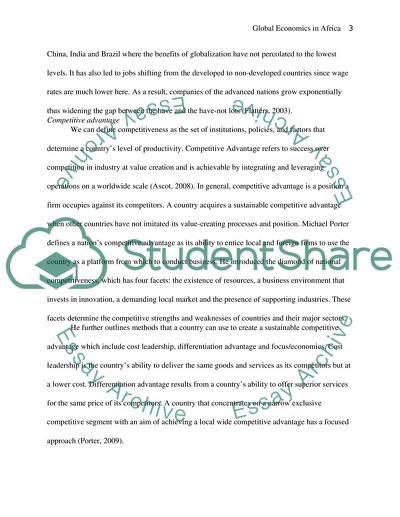Cite this document
(Kenya's Trade Policies Coursework Example | Topics and Well Written Essays - 4000 words, n.d.)
Kenya's Trade Policies Coursework Example | Topics and Well Written Essays - 4000 words. Retrieved from https://studentshare.org/social-science/1721279-global-economics-in-africa
Kenya's Trade Policies Coursework Example | Topics and Well Written Essays - 4000 words. Retrieved from https://studentshare.org/social-science/1721279-global-economics-in-africa
(Kenya'S Trade Policies Coursework Example | Topics and Well Written Essays - 4000 Words)
Kenya'S Trade Policies Coursework Example | Topics and Well Written Essays - 4000 Words. https://studentshare.org/social-science/1721279-global-economics-in-africa.
Kenya'S Trade Policies Coursework Example | Topics and Well Written Essays - 4000 Words. https://studentshare.org/social-science/1721279-global-economics-in-africa.
“Kenya'S Trade Policies Coursework Example | Topics and Well Written Essays - 4000 Words”, n.d. https://studentshare.org/social-science/1721279-global-economics-in-africa.


